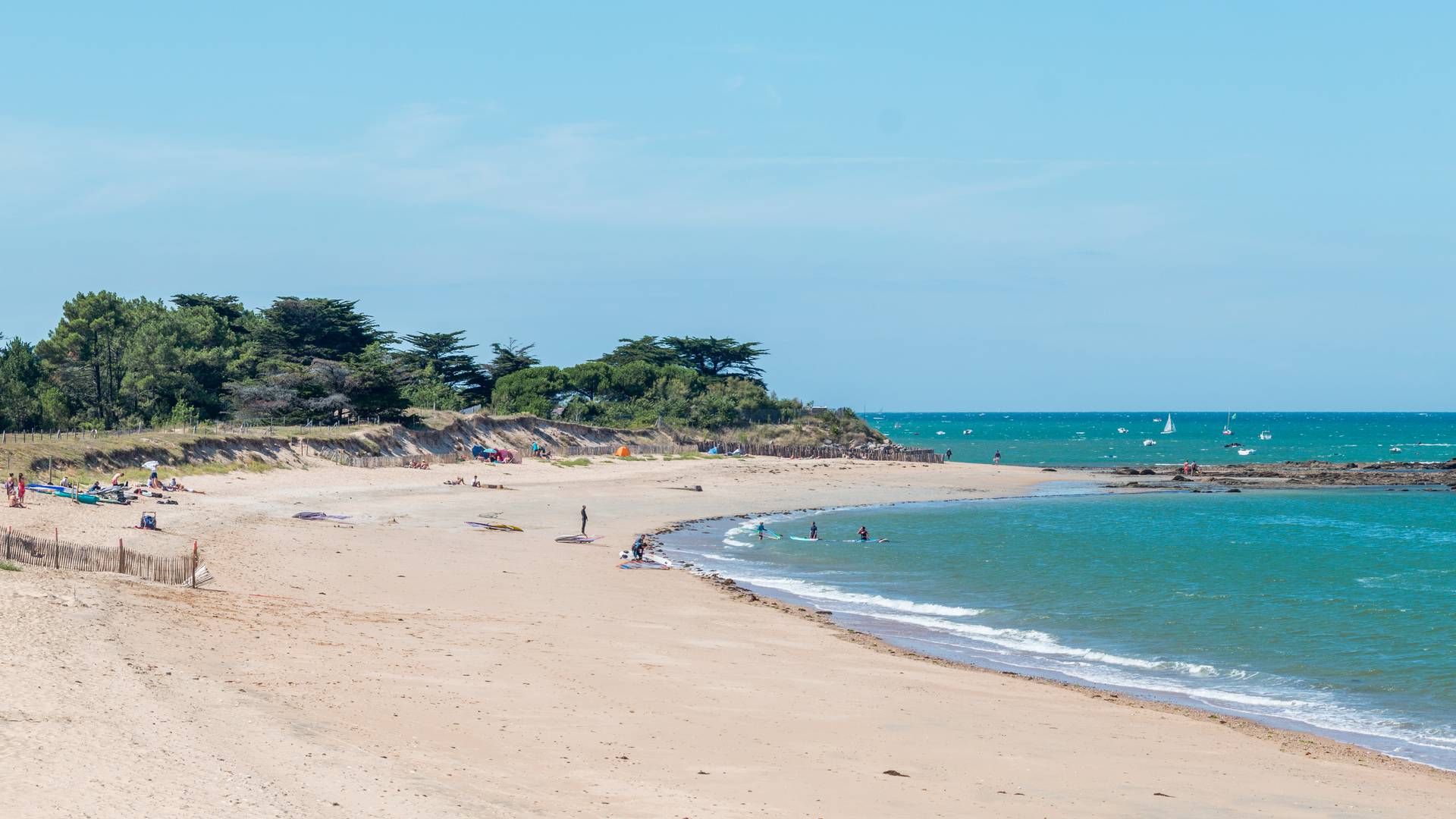THE WILD COAST
On the south of the island, between Pointe du But and Pointe des Corbeaux, the Côte Sauvage (wild coast) is reminiscent of the Celtic lands of Brittany or Ireland. The moorland blooms in the spring with a shimmering palette of colours.
A wide variety of marine flowers grow there - asphodel, armeria, gorse and heather. The stone walls you glimpse under the dense vegetation of sloes and gorse are remnants of the agricultural past of the island.
A number of rocky capes and points punctuate the coastline. Among these, the points of Châtelet and La Tranche offer beautiful views of the open sea.
These promontories are interleaved with valleys and brooks, the widest of which is the Port de la Meule, a natural shelter for boats. The cliffs, cut into the solid gneiss are smoothed by marine erosion and many of them shelter fine sandy beaches - some of the finest are the beaches of Belle Maison, Les Fontaines, Les Sabias, Les Soux and Les Vieilles.
THE DUNES
Past the Pointe des Corbeaux, the transition to a different kind of coastal landscape is surprising- the coast becomes softer and a succession of wide beaches is revealed. These are backed by dunes, an environment where blue thistle and lily of the sands grow.
Beyond the dunes, most often, forests of maritime pines and holm oaks grow. They are also connected to a network of wetlands, home to numerous protected bird species including the reed harrier.
This dynamic landscape is reminiscent of the nearby Vendée coastline which you can see on the horizon on a clear day.


